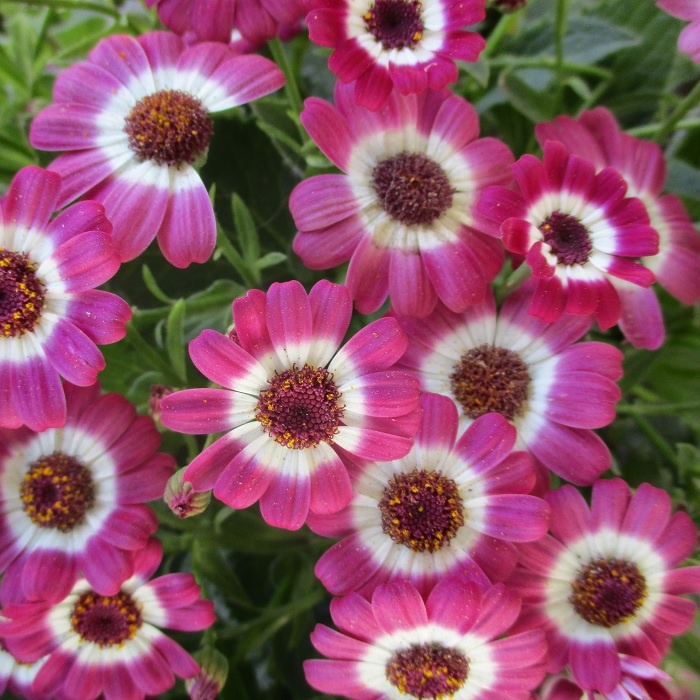UNITED STATES—It seems like such a waste that so many of the prettiest blooming plants are generally regarded as temporary. They are grown in the most synthetic of environments, forced into bloom, sold at their prime, and kept as potted plants just long enough to finish their bloom cycle. When their bloom deteriorates, they typically get discarded, or planted out into the garden where they rarely survive.
Poinsettias epitomize these flowering potted plants, which are known in the nursery industry simply as pot plants. Almost all of us have given or received them as gifts or decorated our home with them prior to Christmas. Although they are not considered to be annuals, few survive as houseplants, and almost none survive in the garden. No one wants to admit to what happens to the rest.
Okay, so it is not really a big loss. Poinsettias do not do well here anyway; and even if they survive, they are not as appealing in the landscape as they are as pot plants. What about all the others? Easter lilies, chrysanthemums, amaryllis, hydrangeas, orchids, azaleas, miniature roses, kalanchoes and even a few evergreens and living Christmas trees are all grown as forced potted plants.
It is important to be aware that all of these forced plants were grown in very synthetic environments, in which temperature, humidity and perhaps even day length were manipulated to coerce the plants to bloom, or for evergreens to be as lush as they are. Some were stunted with growth regulators. Recovering from such manipulation takes some time and effort, but for most, it is possible.
Of course, they all have their own personalities, and require different sorts of pampering. Some only need their old flowers to be pruned away, and will be able to produce new foliage that is adapted to their new environment. Amaryllis starts out without foliage, so it has the advantage of making all new foliage after bloom. Chrysanthemum will eventually want to be cut back to favor new basal foliage. Easter lily foliage should be left while it dies back slowly until dormancy. New foliage grows next year.
Highlight: cineraria
This is an extreme bloomer! Cineraria, Pericallis X hybrida, blooms with composite flowers, which means that each small daisy flower is really a whole bunch of minute flowers clustered together to look like a single flower. As if this were not impressive enough, a whole bunch of these composite flowers are clustered together on top of each big wide floral truss. They are not easy to ignore.
Blue, red, purple or pink bloom can be so profuse that the rich green basal foliage is only visible around the edges and below the domed trusses. Individual flowers usually (but not always) have white halos around dark centers. The soft leaves below are somewhat wide and rounded, with variably toothed margins. Big plants can get as high and wide as a foot. Some are more compact.
Cinerarias are most often obtained while blooming, enjoyed as potted plants, and then discarded after bloom, although with a bit of effort and shelter from frost and heat, they can be sustained as potted perennials to bloom again. They can be grown as short term bedding plants after frost in spring, but they require a slight bit of partial shade, regular watering and richly organic medium.
Horticulturist Tony Tomeo can be contacted at tonytomeo.wordpress.com.






